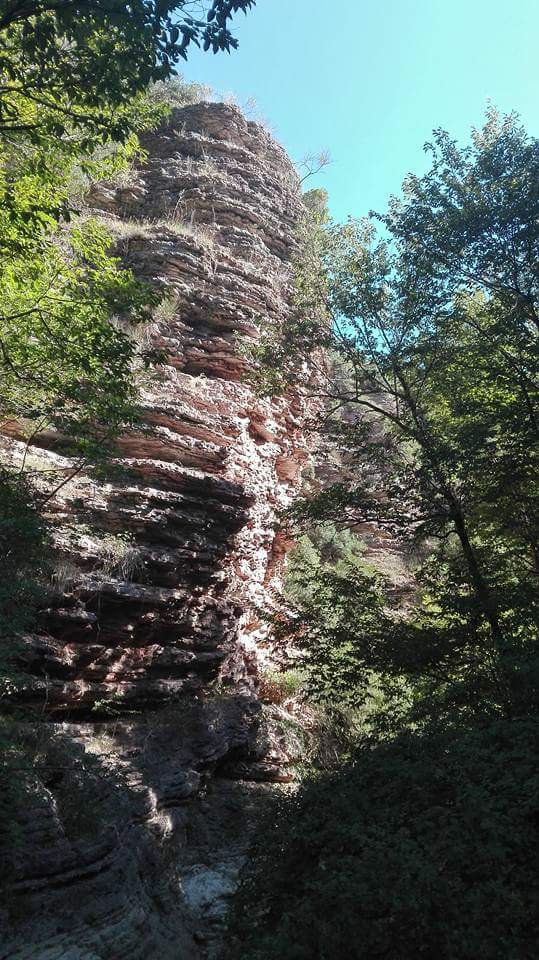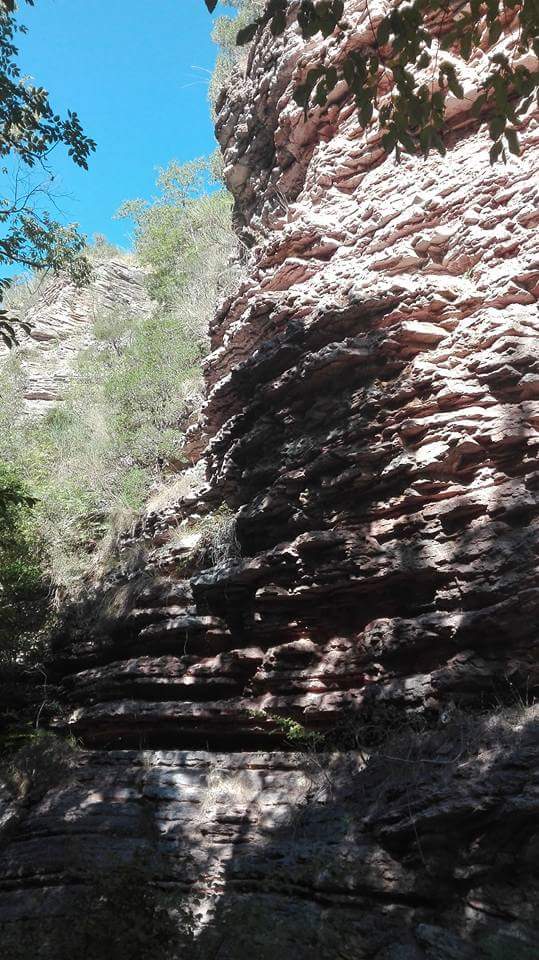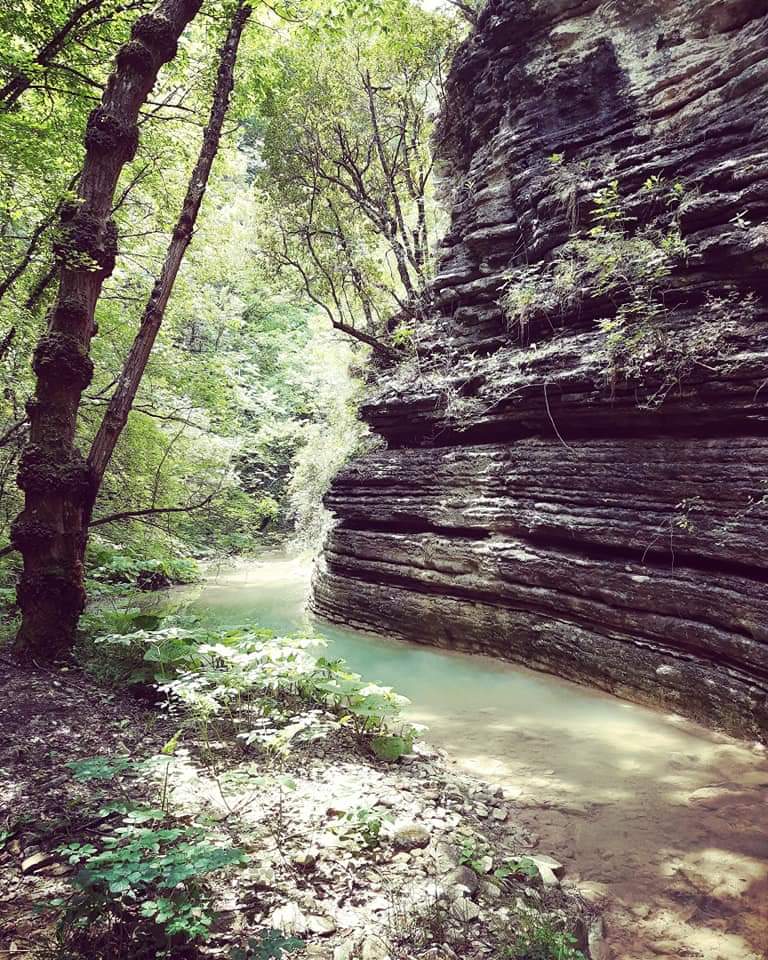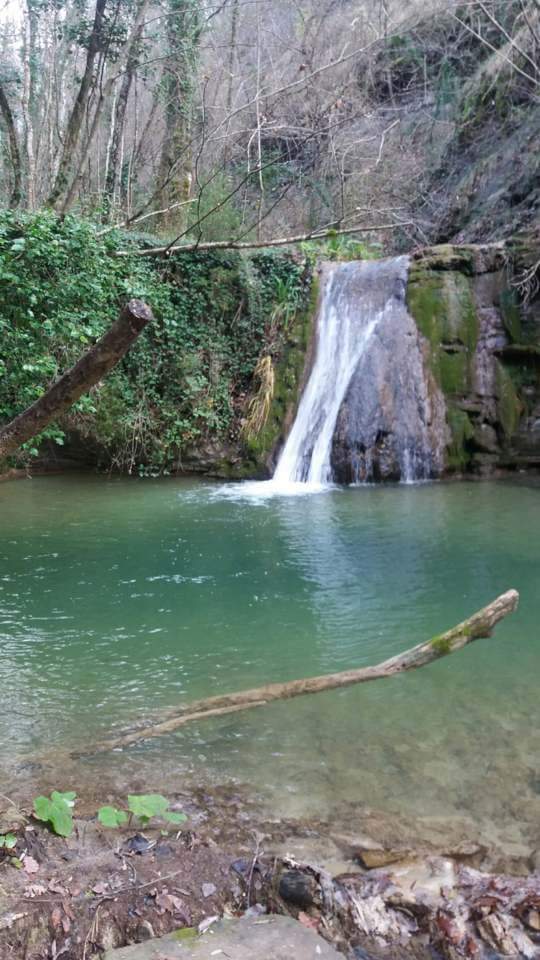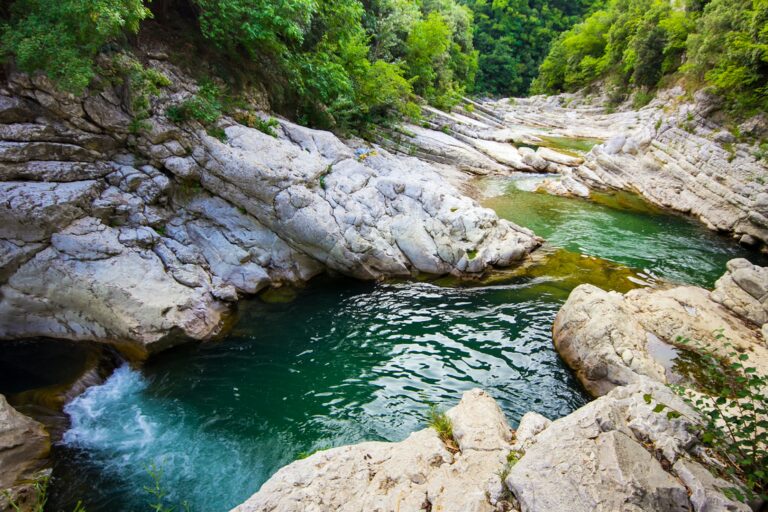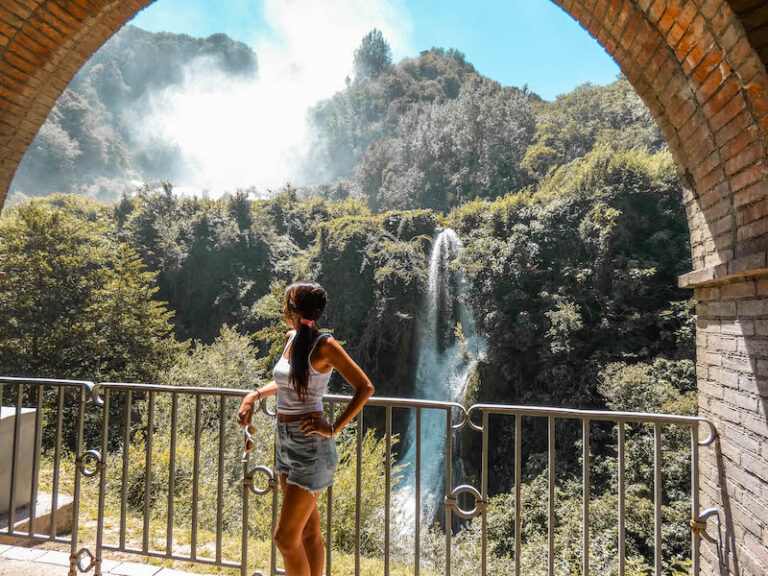Without a shadow of a doubt, the itinerary of the “Forre del Rio Grande” is one of the most evocative and interesting both in terms of landscape and vegetation.
On the border between the municipalities of Valfabbrica and Assisi, the “Rio Grande” stream offers us a landscape still unspoiled by anthropic presence, characterized by a vegetative formation consisting mainly of arboreal and shrub species typical of the Mediterranean scrub: holm oaks (Quercus ilex), broom ( Spartium iunceum), red juniper (Citisusscoparius Junipertiboxi cedrus) breeches (Smilaxaspera); in a few meters you pass from a vegetative environment characterized by the cold Lauretum to the warm Lauretum, typical of the Tyrrhenian coasts.
The numerous thermophilic species present here make us understand that both at a geological and climatic level we find ourselves in an atypical pocket of the pre-Apennine area where there is an anomalous microclimate and thanks to this and to the rough morphology of the ground, the Rio Grande gorges offer to the attentive and respectful visitor a unique scenery for its beauty.
Along the way there is the “Ponte delle Imposte”, a reconstructed bridge where the piles of wood were set up to be transported.
Immediately afterwards you can see a few ruins of a Lazzaretto from the time of San Francesco.
In the central part of the route there are places linked to popular tradition (catinacci, fox’s den, furnace, mill).
The most significant part of the route is represented by the Forre (strettura) and its Mediterranean microclimate.
Turning to the right, along a local road, you arrive at Torre Mammona, an ancient Franciscan convent, built on Lombard remains.
Going up to the right for 800 m you will find the Badia di Campolongo, an ancient Benedictine monastery.
The route crosses the Rio Grande several times and therefore suitable equipment (boots) is required.
Route structure
The impervious morphology of the area prevents closing the ring route; then using the utmost caution, going up the stream, we will find ourselves in front of gorges that make the continuation of the journey somewhat difficult, so at this point it is advisable to go back along the path in the opposite direction.
Recommended period
Any period of the year is recommended even if during the spring the various vegetative forms offer a unique setting with their colors.
It is certainly not recommended in the moments of greatest reach of the Rio Grande, as crossing becomes impossible.
Journey time: about 2 hours
In the “Paths and nature trails” section, you can access the link to see the interactive map and the technical details of the itinerary, as well as download the route on your smartphone.
